-

Large snail shell with pastel toned pearlized finish.
-
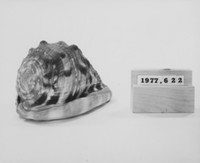
Shallow, squat conch-type shell of type used for cameos; salmon, pink and white tones throughout; probably collected in Victorian period for use as decoration or doorstop.
-

glaciers are melting which is resulting in a decrease with polar bears.
-

A collection of Rhesus monkeys at the Washington "Zoo" are kept in an open cage throughout the year, and seem to thrive despite the snow and ice.
-
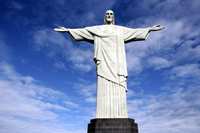
The protector of the people, a symbol of sanctuary.
-
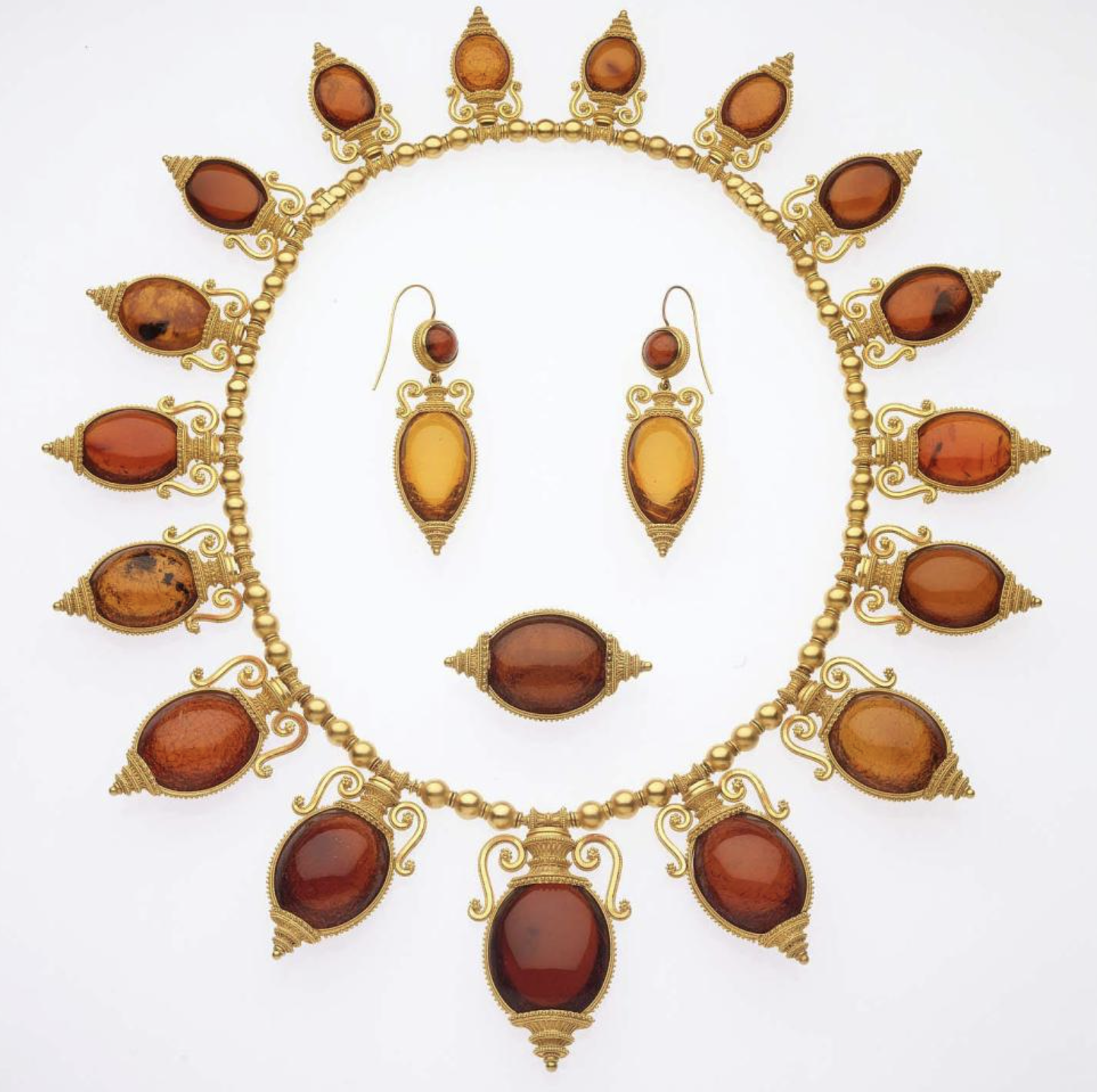
-
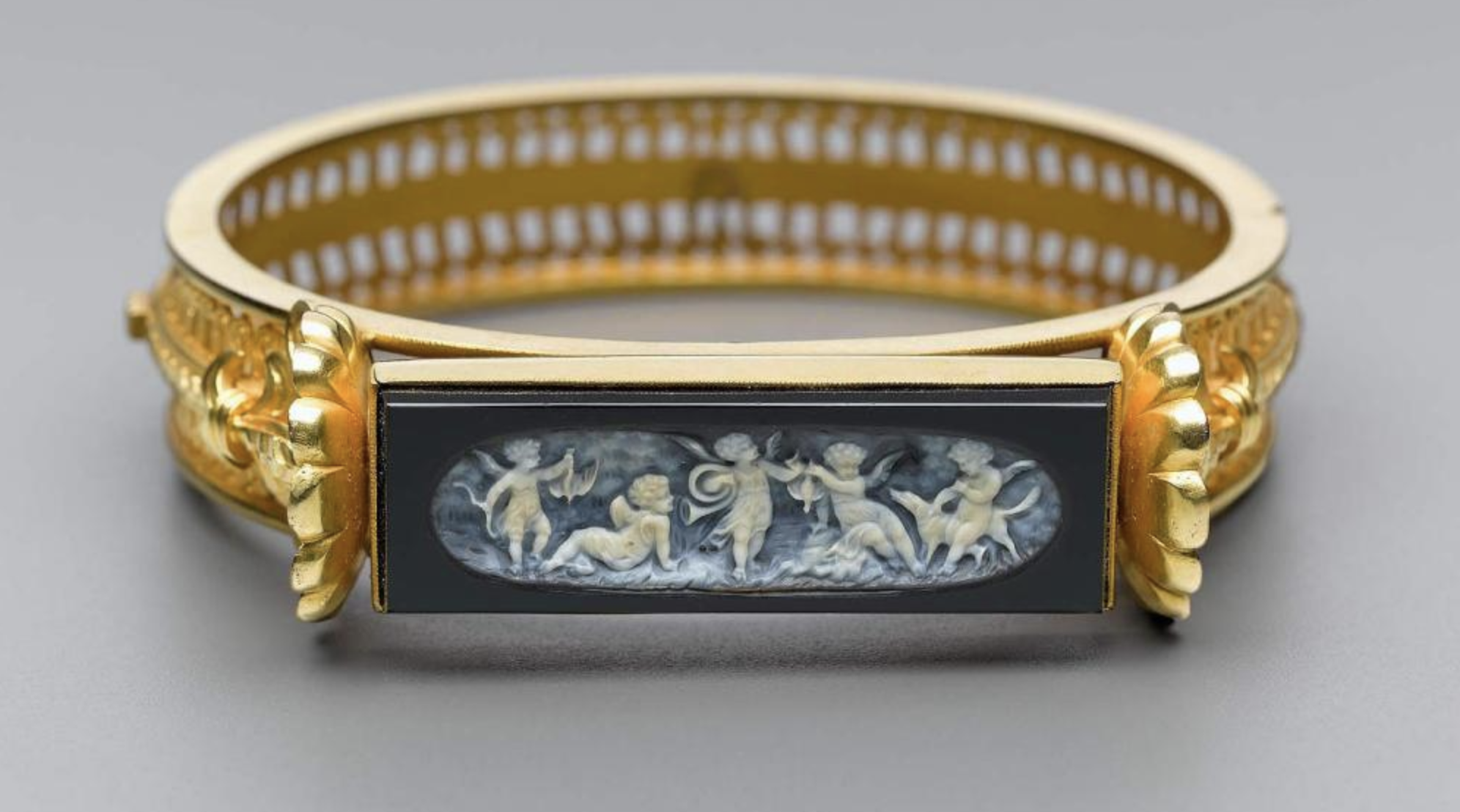
-
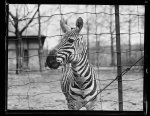
Photograph shows a zebra at the National Zoo, Washington, D.C.
-
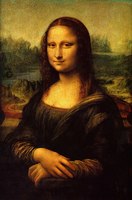
-
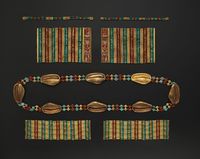
The girdle would have been worn around a woman's hips and were a symbol of femininity and fertility.
-
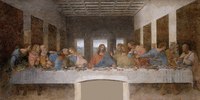
-
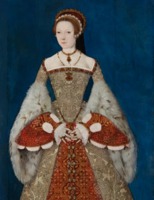
A Portrait of the Queen of England, Catherine Parr
-
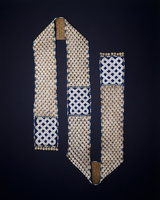
Clothes and accessories often included cowrie shells as a reflection of wealth and status.
-
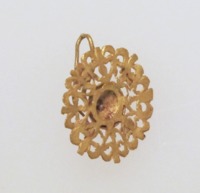
-

-

A gift from France, a symbol of freedom.
-
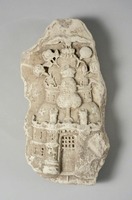
A heraldic shield depicting Jane Seymour's badge, from the west front bridge, Hampton Court Palace.
-
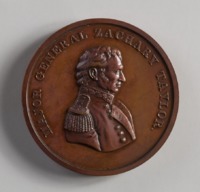
-
-
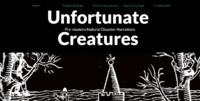
Unfortunate Creatures is a database of natural disasters taking place pre modern history, which allows you to search and explore by date, type, and location.
-
-

This Archive talks about the diversity of the LGBTQ+ culture that existed in the twentieth century of Boston. It includes articles, newspaper clippings, journal entries, and historical records.
-

Audience in mind is people interested in European history and or natural disasters from 1200-1700
-
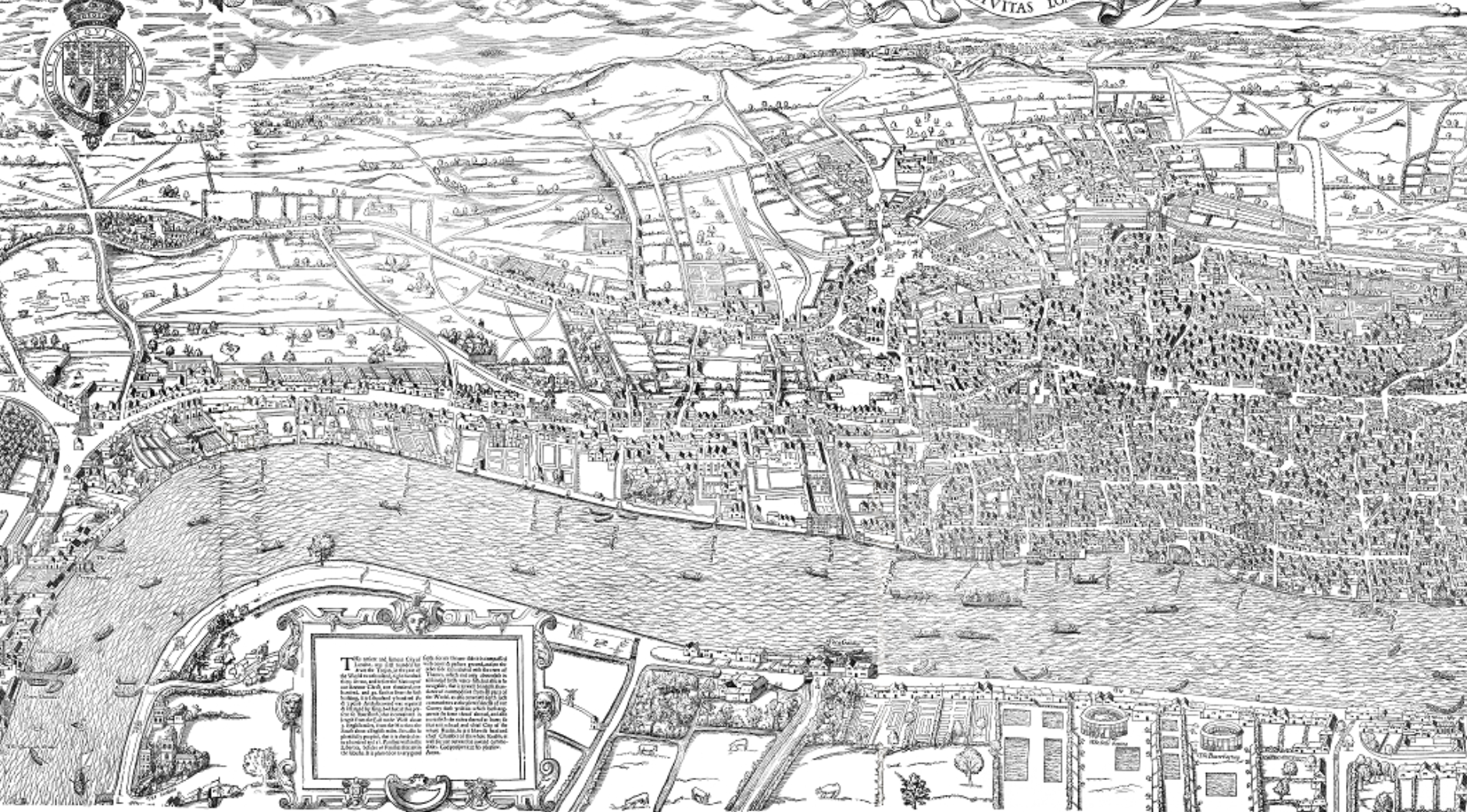
The Map of Early Modern London (MoEML) recreates sixteenth- and seventeenth-century London with all its churches, markets, bookshops, neighborhoods, gates and halls, and it does so with a large and detailed maps combined with primary source materials describing or depicting London at the time.
-

Migration is Beautiful developed from the Mujeres Latina Project. The project started in 2005 at the Iowa’s Women’s Archives to collect and preserve primary source materials about the history of Latinas and their families in Iowa. The University of Iowa graduates, community members, librarians, and archivists conducted over a hundred oral interviews with Iowa Latinas. In addition to donating their personal narratives, many Latino families generously donated letters, memoirs, and photographs that further added detail firsthand accounts to the project.






















